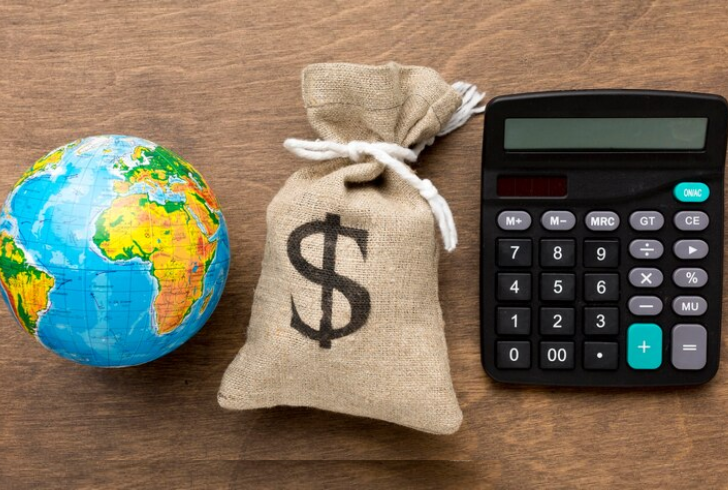Money. It makes the world go round, as the saying goes. But how much of it actually exists? Figuring out how much money is there in the world isn’t as straightforward as counting coins in a piggy bank.
It’s a fascinating journey through different types of currency, global economies, and the ever-evolving financial landscape.
Different Denominations of Money

Economists categorize money based on its liquidity, or how easily it can be converted into cash. Think of it like a spectrum: on one end, you have highly liquid assets like coins and bills (M0), and on the other end, you have less liquid assets like savings accounts and bonds (M3).
The US Federal Reserve uses a system called the monetary aggregates (M) to track these categories:
1. M0 (Monetary Base)
This is the narrowest definition, encompassing all the physical cash circulating and the reserves banks hold. In the US, as of February 2024, that translates to roughly $2.3 trillion.
2. M1
M1 builds on M0 by adding checking accounts, traveler’s checks, and other easily accessible deposits. The US M1 money supply reached a staggering $17.99 trillion in February 2024.
3. M2
This category broadens further, including money market mutual funds, smaller time deposits, and savings accounts. M2 represents less liquid assets compared to M1. The US M2 money supply stood at $20.78 trillion in January 2024.
How Much Money Is There in the World?

While the US figures offer a glimpse into money’s makeup, understanding the global picture requires a wider lens. Estimating the total amount of money in the world becomes a complex task.
Here’s a look at how the figures stack up:
- Cash in Circulation – The Bank for International Settlements estimates the total value of physical cash circulating across major economies to be around $8.28 trillion (2021 data). This represents a tiny fraction of the global money pot.
- M1 Money Supply – Visual Capitalist estimates the global M1 money supply, encompassing all forms of readily available cash, to be a whopping $48.9 trillion as of November 2022.
- M2 Money Supply – The same source estimates the global M2 money supply, including less liquid assets, to be around $82.6 trillion.
Beyond the Tangible
Money extends far beyond physical bills and bank accounts. The vast world of investments and digital currencies plays a significant role:
1. Stock Market Capitalization
The combined market value of all companies listed on the New York Stock Exchange and Nasdaq alone reached a staggering $48.97 trillion by December 2023 (Statista).
2. Cryptocurrency Market Cap
Cryptocurrencies like Bitcoin and Ethereum have carved a niche in the financial landscape. CoinMarketCap reports the total market capitalization of cryptocurrencies to be around $2.43 trillion.
The Future of Money

As economies evolve, the way we interact with money transforms. The rise of digital wallets, online transactions, and central bank digital currencies (CBDCs) are pushing us towards a more cashless world.
China, Sweden, and Japan are actively exploring CBDCs, while established institutions like the Bank of England and the European Central Bank are considering similar ventures. Even the Bahamas has made headlines by launching the world’s first official digital currency.
A Mind-Boggling Money Maze
So, how much money is in the world? While a definitive answer remains elusive, estimates suggest a global M1 money supply of around $48.9 trillion, with the total figure potentially exceeding $83 trillion when considering broader categories and financial instruments.
As the world embraces digitalization, the way we define and measure money will likely continue to evolve. However, one thing remains constant: money, in its various forms, will continue to be the lifeblood of global economies.




